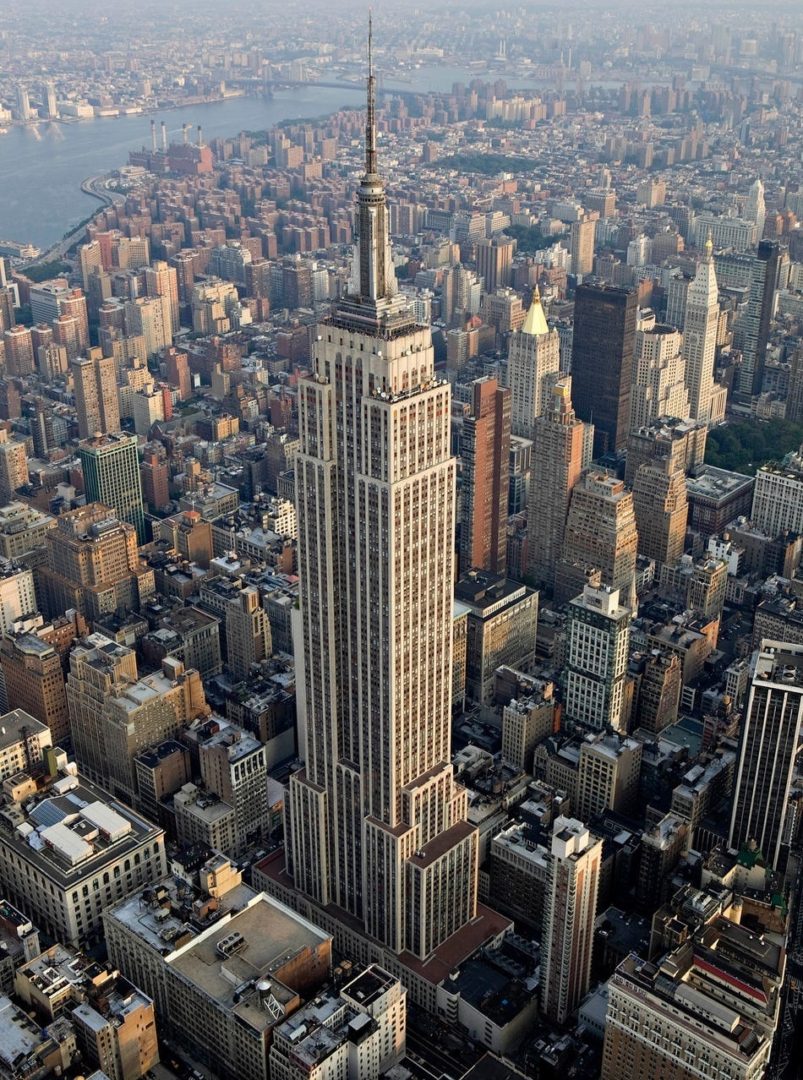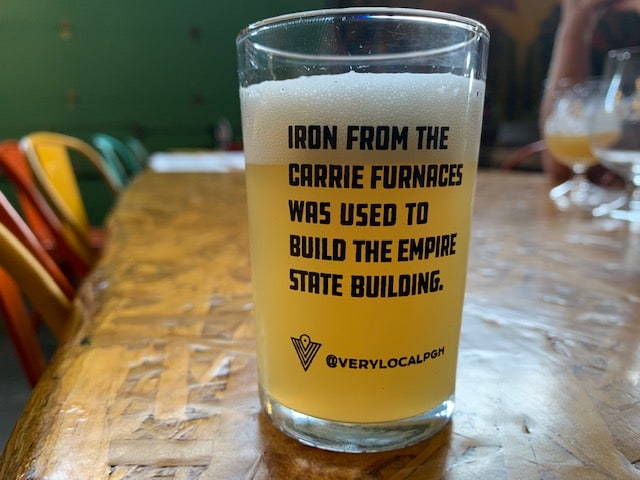If you’re building the world’s largest skyscraper, you’d better source the best materials.
After the call went out for a steel provider for the Empire State Building, Pittsburgh’s U.S. Steel was awarded the contract, largely because “they were known to produce the finest structural steel,” said Ron Baraff, director of historic resources and facilities for Rivers of Steel, the Homestead-based nonprofit that works in partnership with the National Park Service and the Pennsylvania Department of Conservation and National Resources to manage the site.
Built in 1881, Carrie Furnace was purchased by Andrew Carnegie in 1898. It became a part of U.S. Steel Corp. in 1901 and operated until 1978 as part of the sprawling Homestead Steel Works.
Allegheny County bought the site in 2005, and the next year Carrie Furnaces 6 and 7 became a National Historic Landmark. Today, the Furnaces play host to weddings, festivals and theatrical and television productions, but at its height, the site produced 9,000 tons of molten iron a day.
According to Baraff, after Carnegie purchased the site, he added five new blast furnaces to increase capacity. Molten iron would be transported to Homestead via the Hot Metal Bridge No. 35 in bottle or torpedo cars, – which were basically a “giant thermos on wheels,” said Baraff. He said the iron would then be placed into an open-hearth furnace to be refined into molten steel. The steel was poured into molds and became ingots, which were later reheated and rolled into steel beams, Baraff said.
Construction on the Empire State Building began on March 17, 1930, just over two months after U.S. Steel was awarded the materials contract. There are 210 steel columns anchoring the building in place, along with horizontal steel beams that create a grid that provides the building its structural stability.
The skyscraper was officially dedicated May 1, 1931, with then-President Herbert Hoover turning on the building’s lights remotely from the White House. It would remain the world’s tallest building until the completion of the north tower of the World Trade Center in 1970.
Today, at 88 years old, the Empire State Building is the sixth-tallest skyscraper in America, and Homestead steel is still at its core.

Homestead steel was used for other significant works of 20th-century architecture, including the Chicago Auditorium, the Oakland Bay Bridge, Rockefeller Center, and the locks used in the Panama Canal.
“It’s not hyperbole to say that Pittsburgh steel literally built the world,” said Baraff. “And the iron that was coming out of (the Carrie Furnace) became that steel.”








